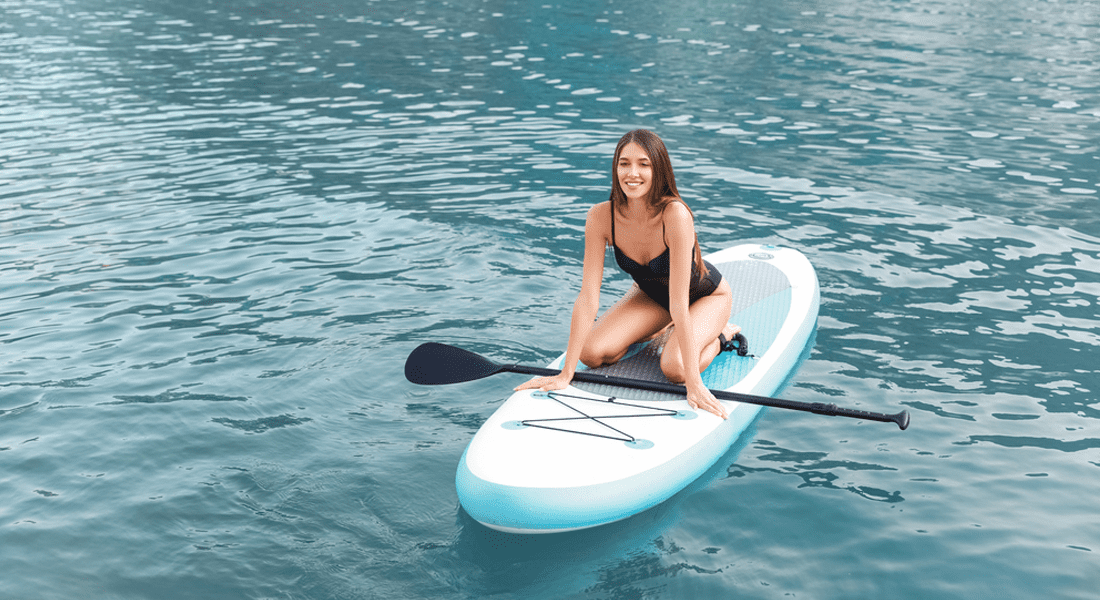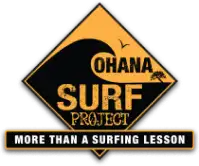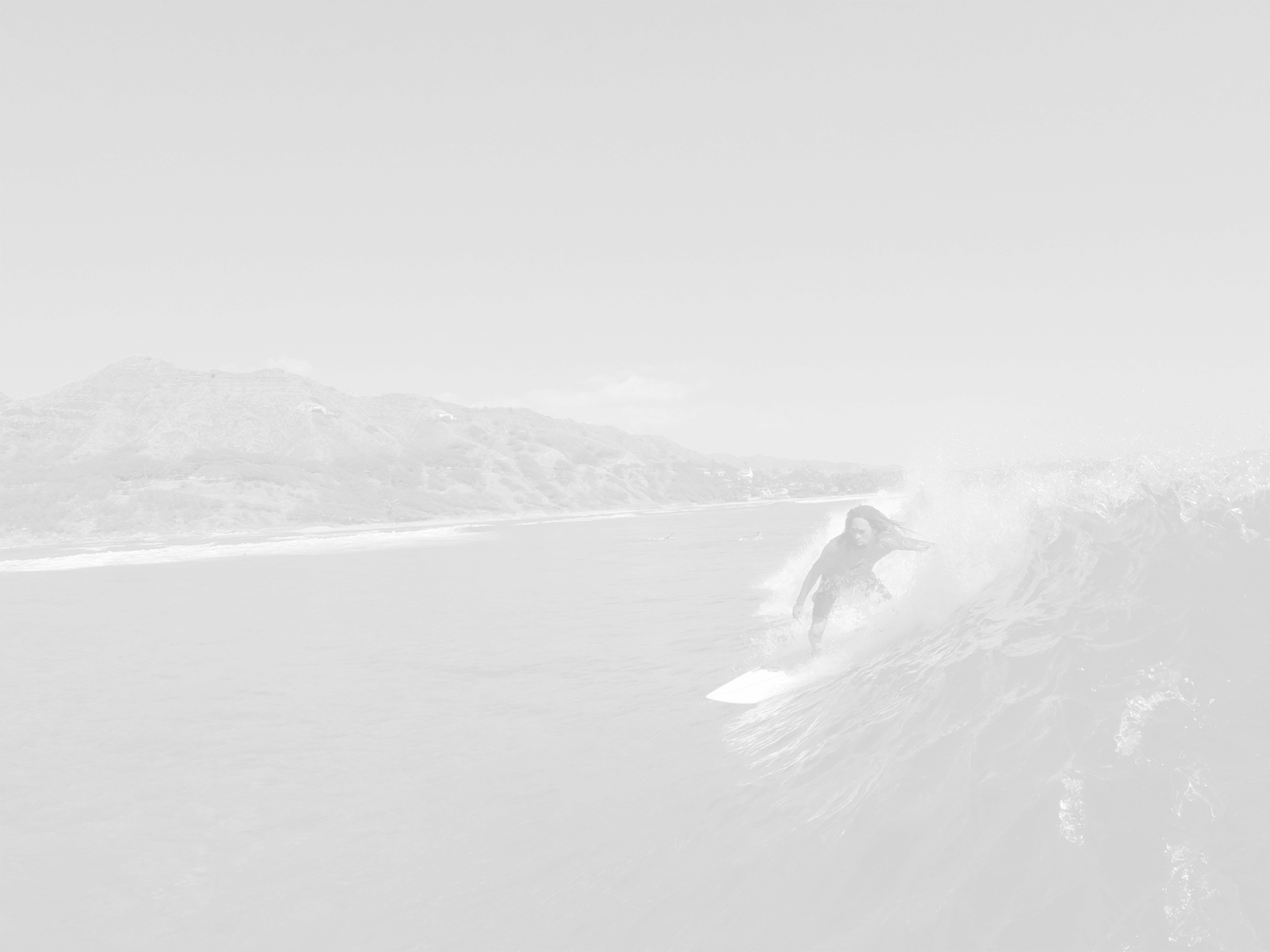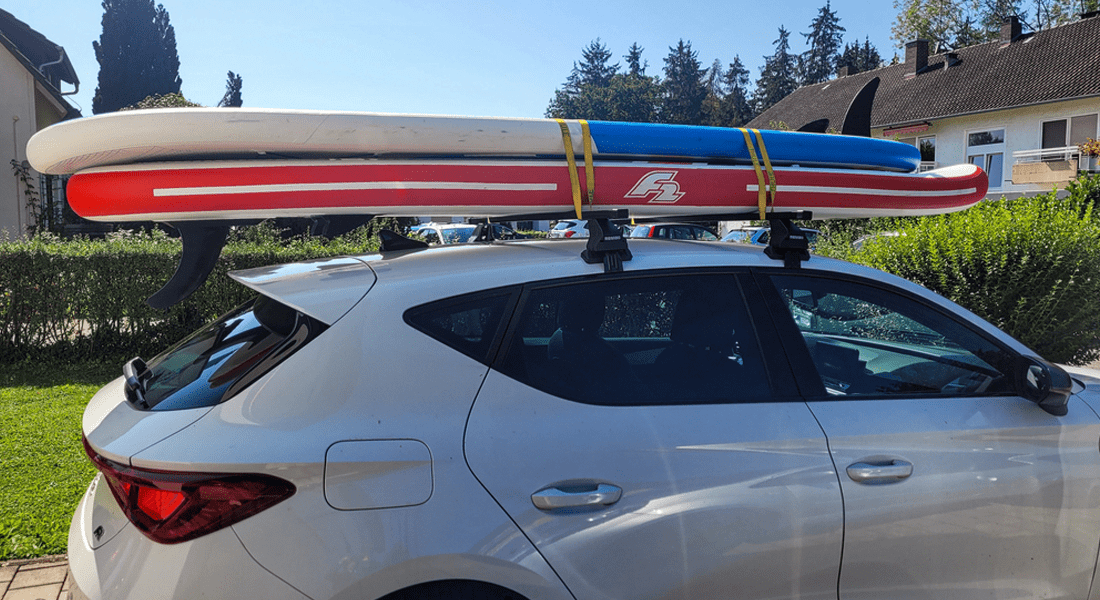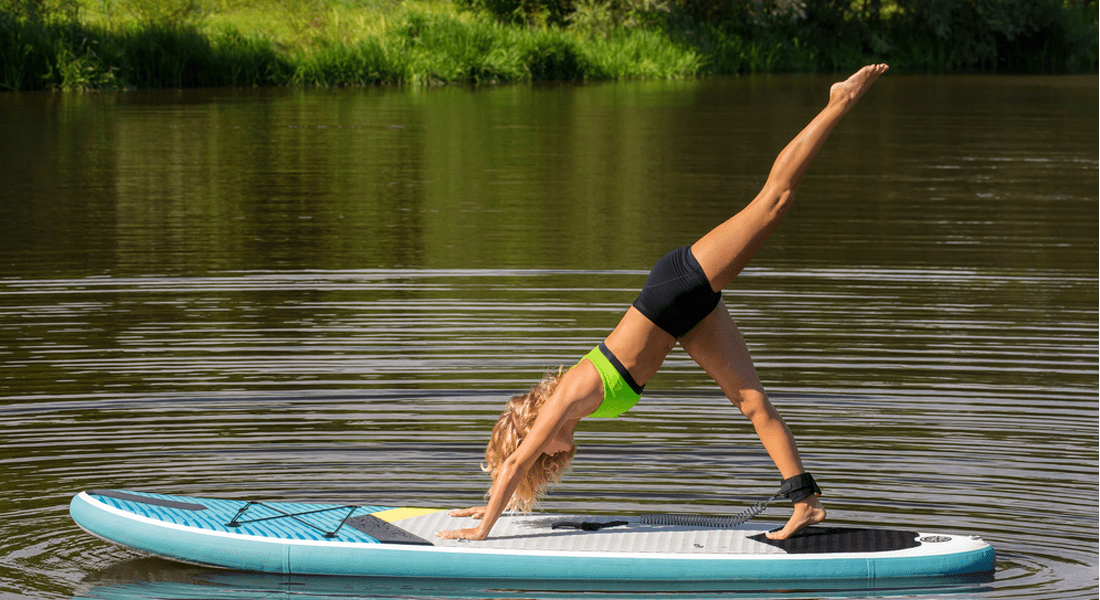Blog
8 Types Of Surfboards And Their Unique Features
Surfing is not just a sport; it's a lifestyle embraced by enthusiasts around the globe. Each wave and every surf condition calls for a specific type of board to optimize the experience. Understanding the
types of surfboards available can greatly enhance your performance and enjoyment. In this article, we delve into eight different surfboards, explaining their unique features to help you choose the right one for your surfing adventures.
Shortboard
Shortboards are the ideal choice for advanced surfers aiming to perform complex maneuvers and sharp, snappy turns. Typically, these boards range in length from 5'6" to 6'4". They are easily recognizable by their pointed noses, thin profiles, and pronounced rocker—features that all contribute to their agility and speed. The high rocker helps in managing steep, fast-breaking waves by allowing the front of the board to lift over the crest without digging into the wave. This makes shortboards perfect for aggressive surfing in large, powerful waves.
Despite their advantages in maneuverability and speed, shortboards demand a high level of skill due to their smaller volume and less buoyant nature, which makes them challenging to paddle and balance on, especially in smaller or mushier waves. However, for surfers who can handle them, shortboards offer the ultimate performance on the wave.
Longboard
Longboards are the quintessential surfboard for anyone looking to enjoy a relaxed surfing session, offering stability and ease of use that is unmatched by shorter boards. Ranging from 8 to 11 feet in length, these boards feature a much larger surface area which greatly enhances buoyancy and stability. This makes them an excellent choice for beginners who are just getting familiar with the dynamics of riding waves.
Additionally, the extra length of longboards makes them ideal for gliding across smaller and softer waves, where other boards might struggle to maintain momentum. They are typically equipped with a single large fin which aids in maintaining a straighter line through the water. Seasoned surfers also favor longboards for their suitability for nose riding and cross-stepping, allowing for a stylish and enjoyable surfing experience. Whether you're just starting or looking for a laid-back surfing day, the longboard offers a forgiving and fun ride.
Fish
Fish surfboards stand out due to their distinctive shape, characterized by a wider, shorter body and a unique swallow tail. Typically, these boards range from 5'2" to 6'4" in length, providing a robust platform that offers excellent stability and buoyancy compared to more conventional shortboards.
The fish design excels in small to medium wave conditions, where its wider nose helps in catching waves more easily, and its flat rocker ensures a smooth, fast ride across softer sections of the wave. This design also allows for maintaining momentum and performing fluid turns. For surfers who enjoy a playful board that combines the paddle power of a longboard with the maneuverability of a shortboard, the fish is an ideal choice.
Funboard
Funboards serve as a perfect transitional board for those looking to step down from a longboard without moving directly to a much shorter board. Their length typically ranges between 6'6" and 8 feet, combining elements of both longboards and shortboards to create a versatile surfing experience. With more volume and a wider profile, funboards facilitate easier wave catching and provide more stability than a traditional shortboard, making them suitable for beginners and intermediate surfers alike.
The varying shapes of funboards, from rounded to pointed noses, allow for a range of surfing styles and wave conditions. This versatility makes them particularly appealing for surfers seeking a board that offers both fun and challenge in smaller waves.
Gun
Guns are designed for big-wave surfing. These boards are long, narrow, and pointed at both ends to help surfers tackle fast, tall waves that are often found in surfing competitions. Ranging from 6'6" to 10 feet or more, guns are built to provide speed and control at high velocities, allowing surfers to drop into steep waves safely. Their length helps in paddling into bigger waves, while their streamlined shape makes it possible to manage the wave's power.
The gun's design also reduces drag, which is crucial when navigating the high speeds and turbulent conditions characteristic of big wave surfing, enhancing the surfer's ability to stay aligned with the wave's critical power zone.
Hybrid
Hybrid surfboards are exactly what they sound like—a cross between various board types, typically blending elements of a fish and a shortboard. These boards are adaptable to a variety of wave conditions and are excellent for surfers looking to experiment with different surfing styles. Hybrids usually feature a wider nose, similar to a fish, with a performance-oriented tail, like that of a shortboard. This combination allows for an enjoyable ride in small to medium waves, with enough performance capacity to execute more complex maneuvers.
Stand-Up Paddleboard (SUP)
Stand-up paddleboards offer a unique way to hit the waves. SUPs are much wider, longer, and thicker than most traditional surfboards, providing incredible stability. This type of board comes with a paddle, which surfers use to propel themselves through the water. SUPs are excellent for all skill levels and are particularly popular for their versatility, as they can be used in various water conditions, from calm lakes to ocean waves. They also provide a great workout, enhancing balance, strength, and overall fitness.
Foamboard (Soft Top)
Foam Boards are the ideal choice for beginners. Made with a soft foam construction, these boards are safer and more forgiving than their fiberglass counterparts. They range in size but generally mimic the dimensions of longboards to ensure stability and ease of use for new surfers. Foam Boards are not only great for learning but also favored by experienced surfers for fun, worry-free sessions in crowded or shallow waters where injuries are a concern.
Choosing the right surfboard depends on your skill level, preferred surfing style, and the typical wave conditions you encounter. By understanding the unique characteristics of each board type, you're better equipped to make an informed decision, enhancing your performance and enjoyment in the water.
Whether you're paddling out for the first time or looking to add a new board to your collection, there's a surfboard that's perfect for every wave and every surfer.
At Ohana Surf Project, we offer
personalized advice and a wide selection of surfboards tailored to your needs. Our experienced instructors can guide you through the process of choosing the perfect board, ensuring it complements your style and the waves you'll tackle.
Contact us today to find out more and let us help you make the most out of your surfing experience.
